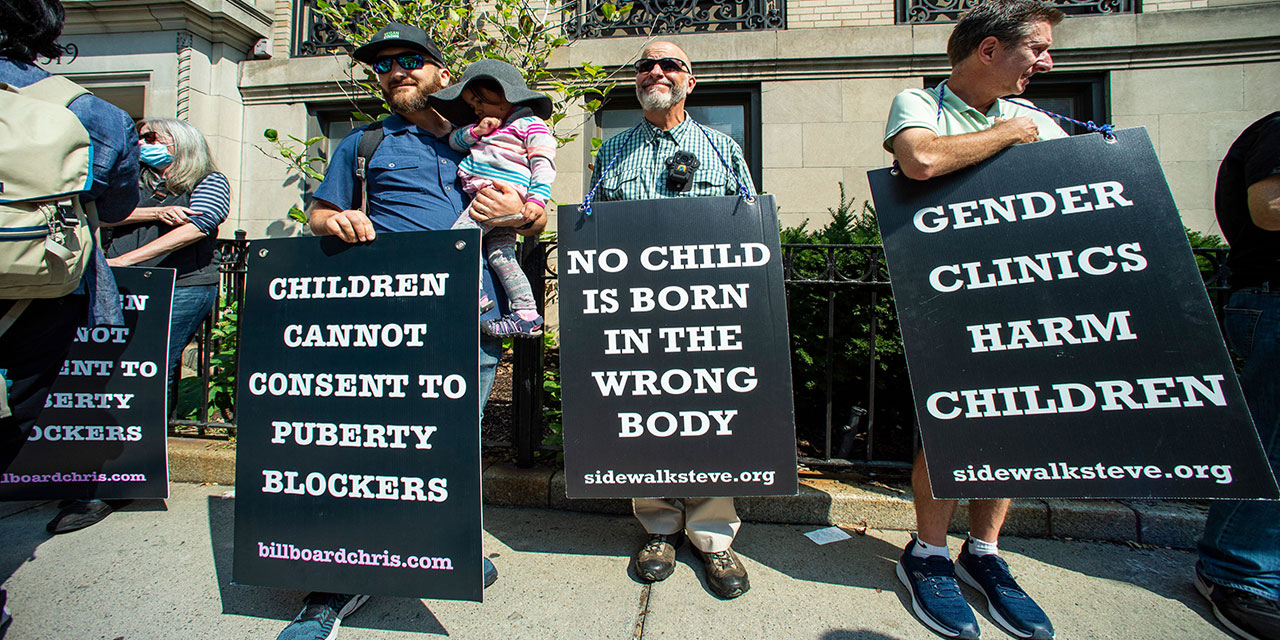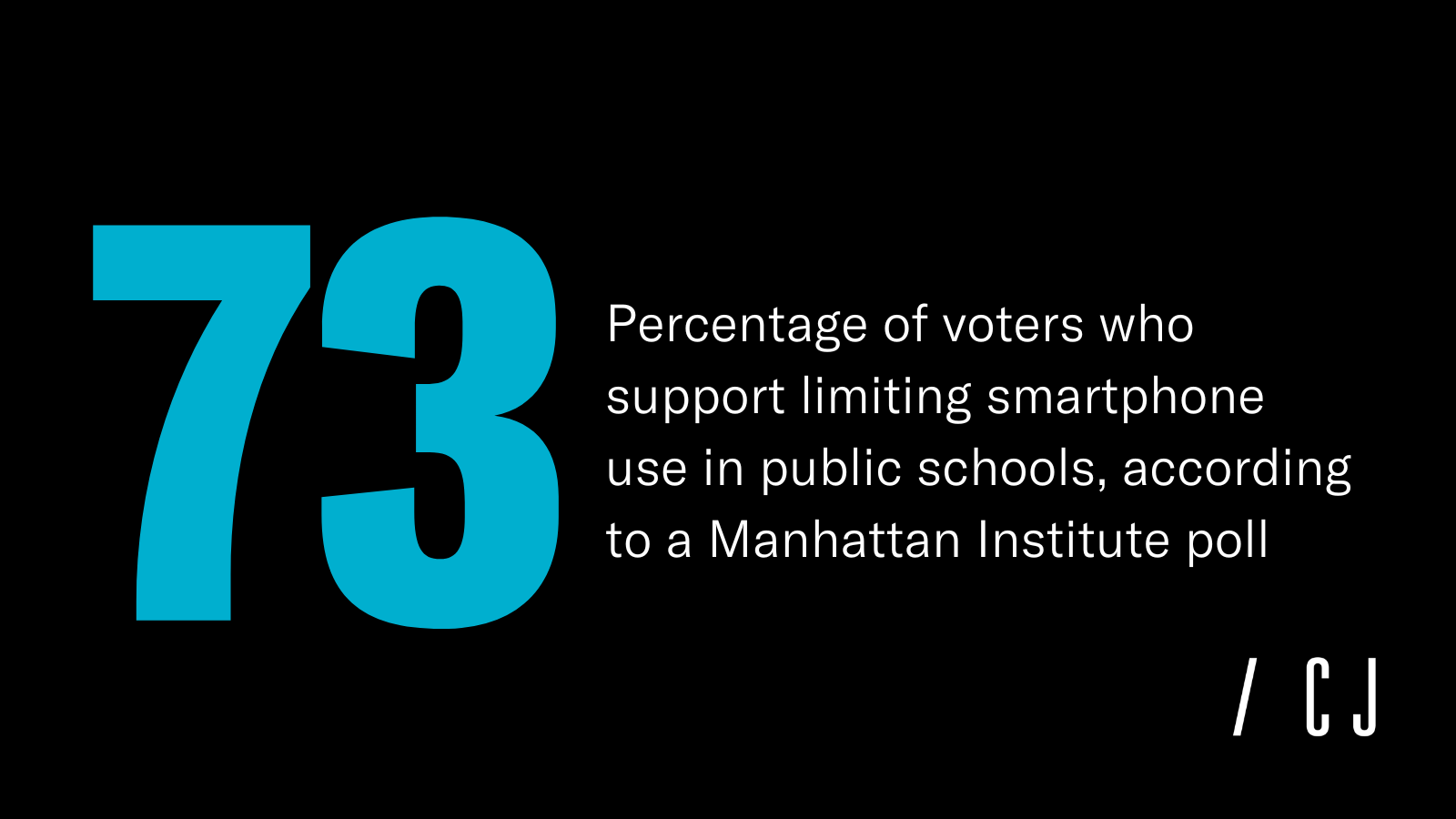|
Forwarded this email? Sign up for free to have it sent directly to your inbox. |
|
|
Good morning, Today, we’re looking at what’s ahead for gender medicine, a hurdle for energy projects, and spending in New York public schools. Write to us at editors@city-journal.org with questions or comments. |
|
|
On his first day back in the White House, President Trump signed an executive order defining gender strictly as male or female.
Before this, Leor Sapir, a fellow at the Manhattan Institute, explored the potential implications of Trump’s election for the gender medicine industry in City Journal's winter 2025 issue. His predictions now appear to be unfolding.
As Sapir notes, the industry was already under mounting pressure. Since 2021, 24 states have banned puberty blockers and surgeries for minors. Alarmingly, nearly two dozen young men and women who underwent these treatments later realized they didn’t need to transition—and are now suing their doctors.
“Though these lawsuits are tough to win, even a single multimillion-dollar verdict or out-of-court settlement could send malpractice insurance premiums soaring and create a chilling effect in states where ‘gender-affirming care’ remains legal,” writes Sapir. Further, gender advocates' frequent claim that denying transitions leads to suicide was undermined last year by a study that showed the risk to be low.
Read Sapir’s compelling analysis of what Trump’s presidency could mean for this contentious debate. |
| |
| From the courtroom to the ballot box, the trans movement has taken some hits. |
|
|
“Even when energy projects secure every permit and run the gauntlet of regulatory reviews, a federal court can stop them by issuing injunctions,” write Arnab Datta, director of Infrastructure Policy at the Institute for Progress, and James Coleman, law professor at the University of Minnesota. It’s precisely why so many energy projects fall apart, or never even get past the idea stage.
Injunctions can make them more expensive, too. “Investors demand higher returns to compensate for the risk of delays, so projects’ final build costs are higher than they would otherwise be,” Datta and Coleman write. It doesn’t have to be this way. Read their proposal on how to pave the way for permitting reform. |
|
|
A recent report from the Citizens’ Budget Commission shows that, despite New York’s lead in school-district spending, students in the state have remained in the middle of the pack on the National Assessments of Educational Progress. Meanwhile, the state is spending $36,293 per student, 21 percent more than it was spending during the 2020-21 school year.
“New York’s political leaders continue to pump money into our public schools without regard for efficiency or effectiveness,” writes Manhattan Institute Senior Fellow Ray Domanico. “If California has shown us how to fail at fire prevention, New York is the nation’s paragon of failing at educational improvement.”
Read his piece here. |
|
|
This is the real caption for this image: |
“Travis Kelce #87 of the Kansas City Chiefs and Taylor Swift celebrate a win against the Buffalo Bills in the AFC championship game at GEHA Field at Arrowhead Stadium on January 26, 2025 in Kansas City, Missouri.”
|
But we bet you can come up with a better one. Send your submissions to editors@city-journal.org by noon Eastern tomorrow. We'll feature our favorite(s) in an upcoming newsletter. |
|
|
A quarterly magazine of urban affairs, published by the Manhattan Institute, edited by Brian C. Anderson. |
|
|
Copyright © 2025 Manhattan Institute, All rights reserved. |
|
|
|





